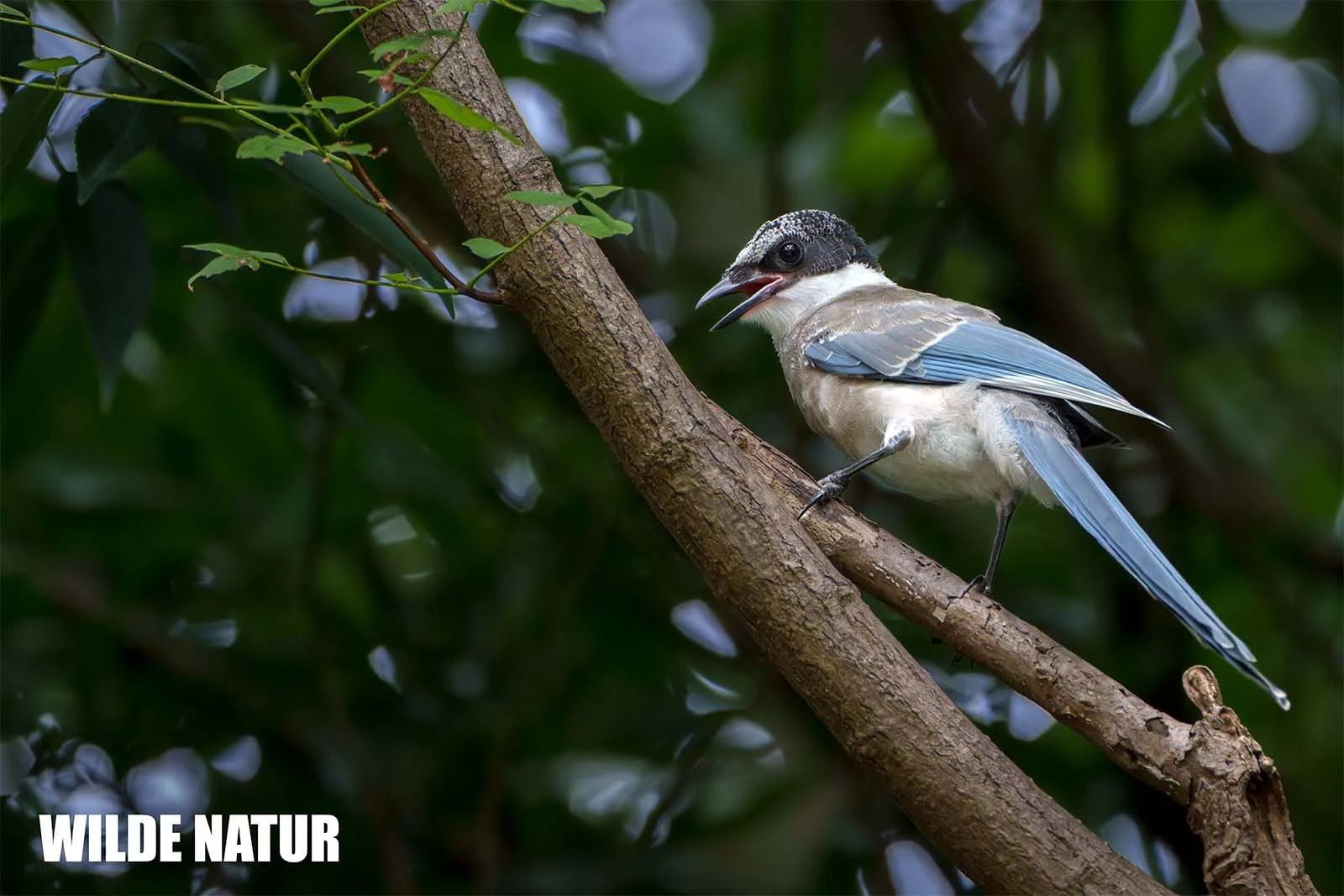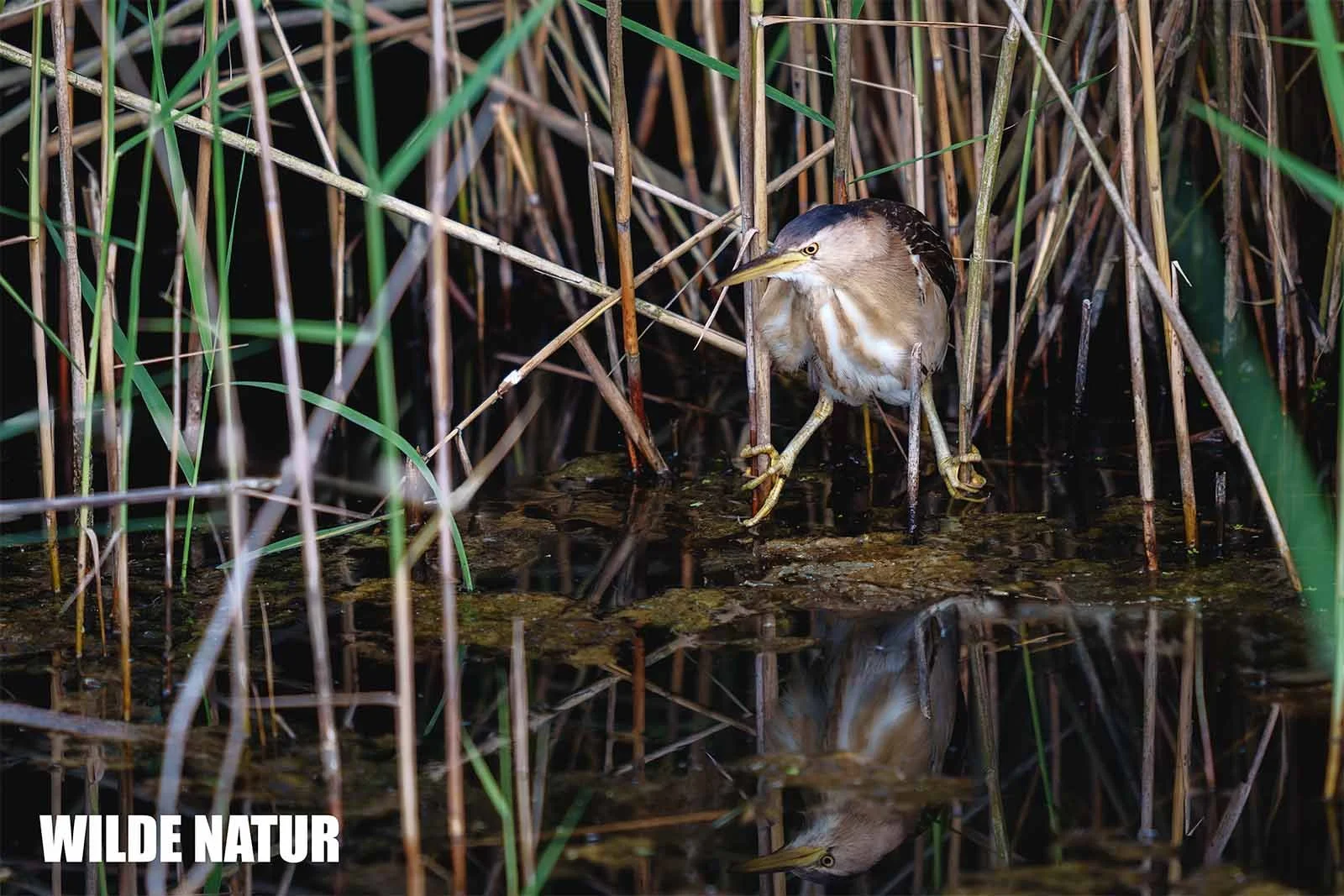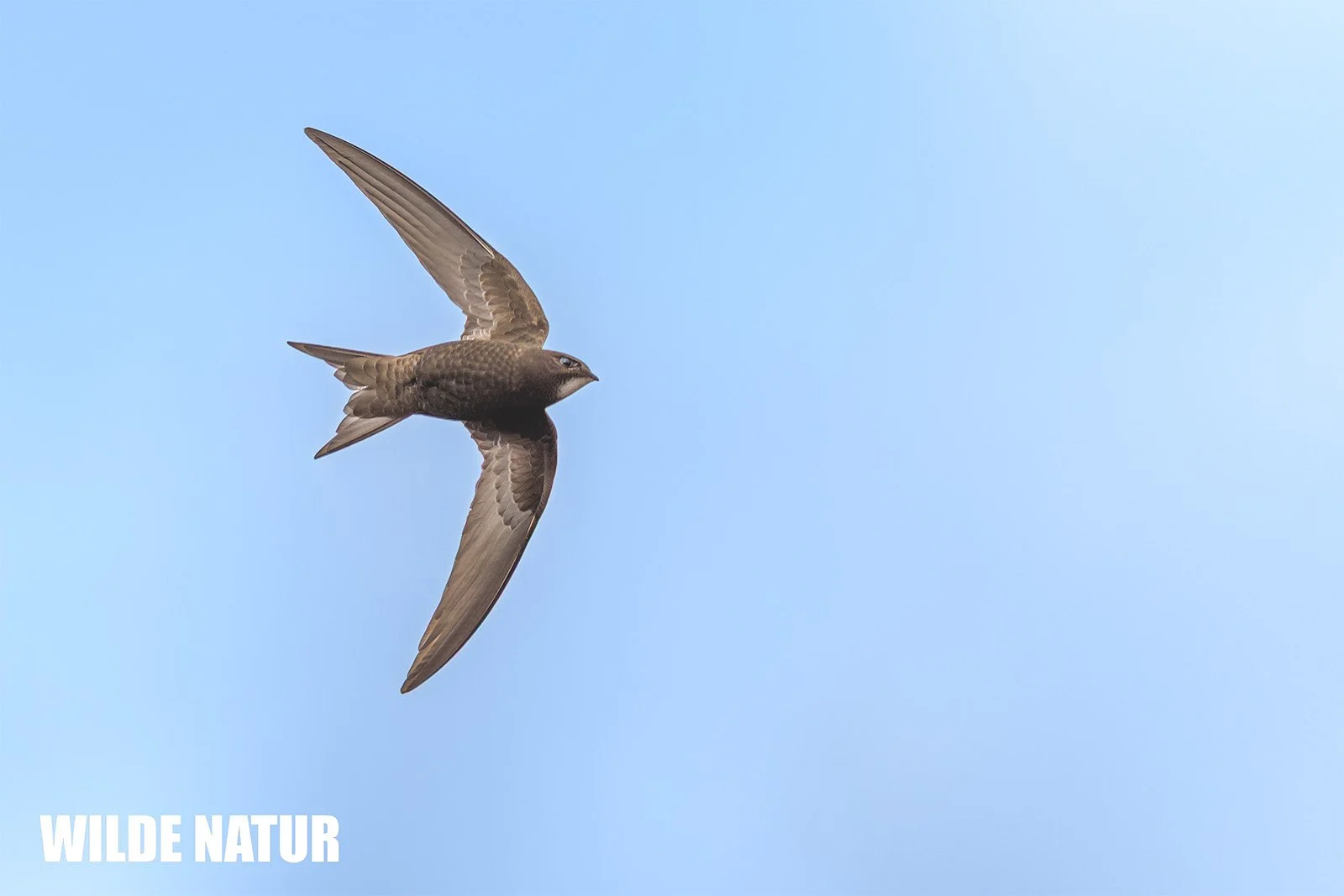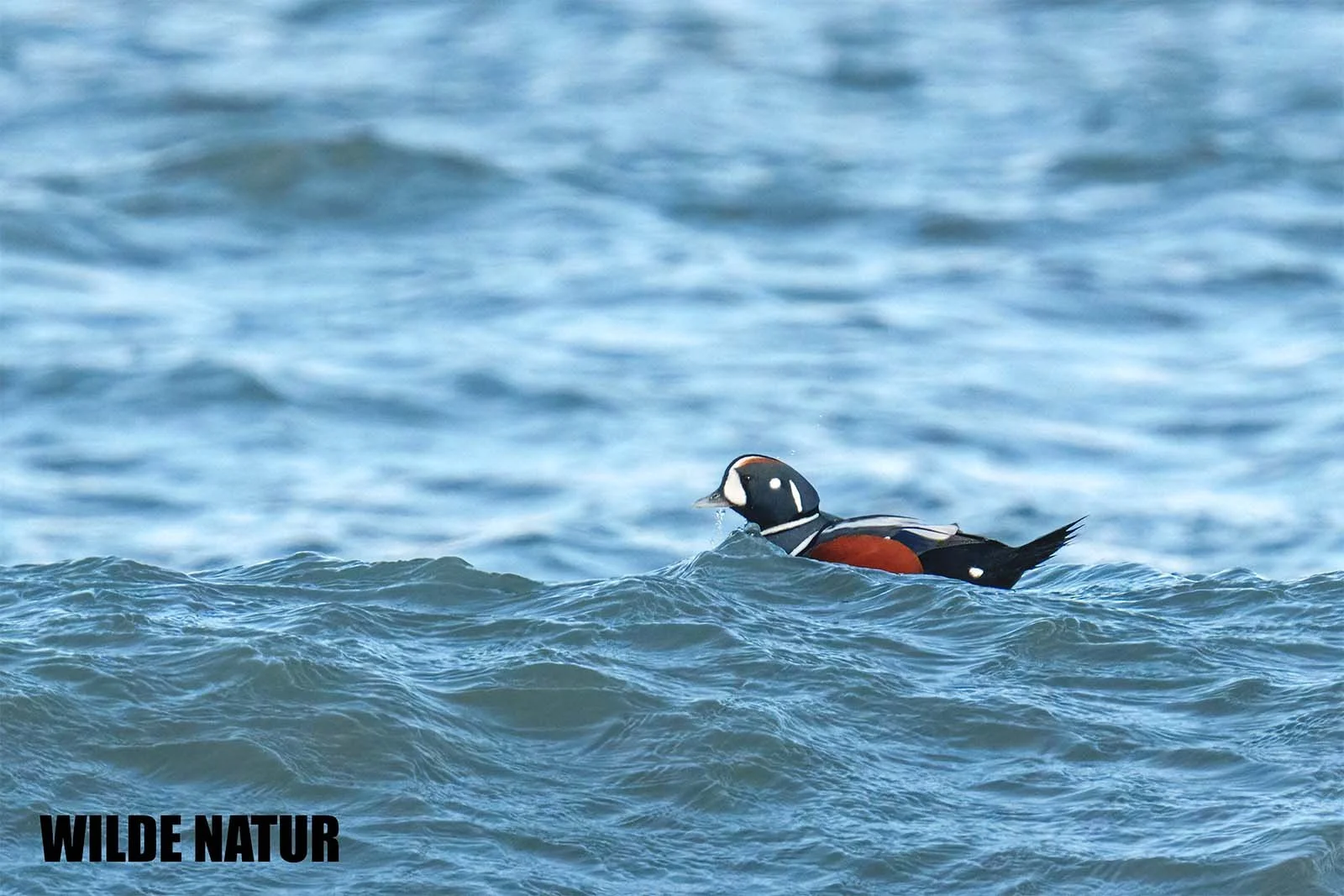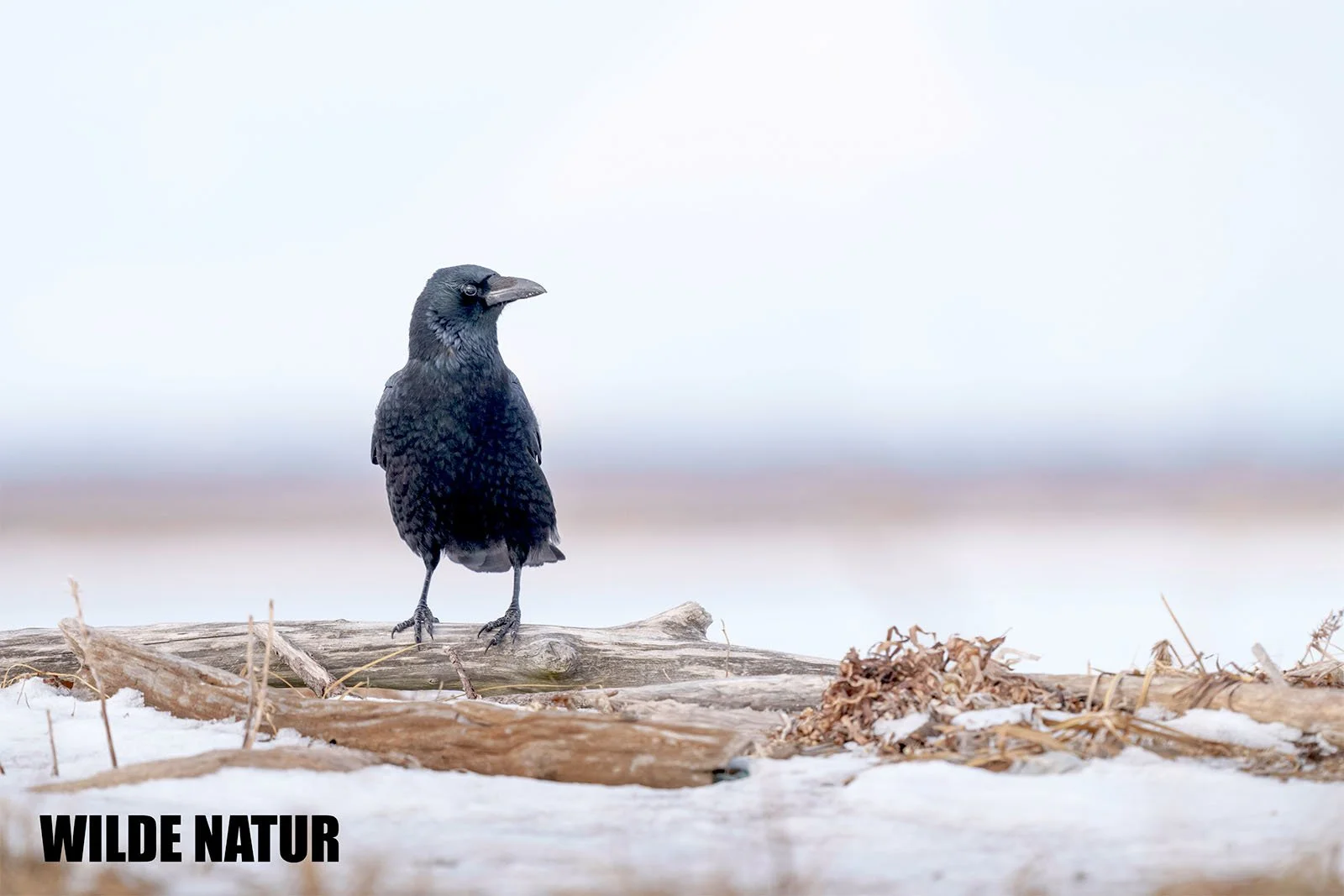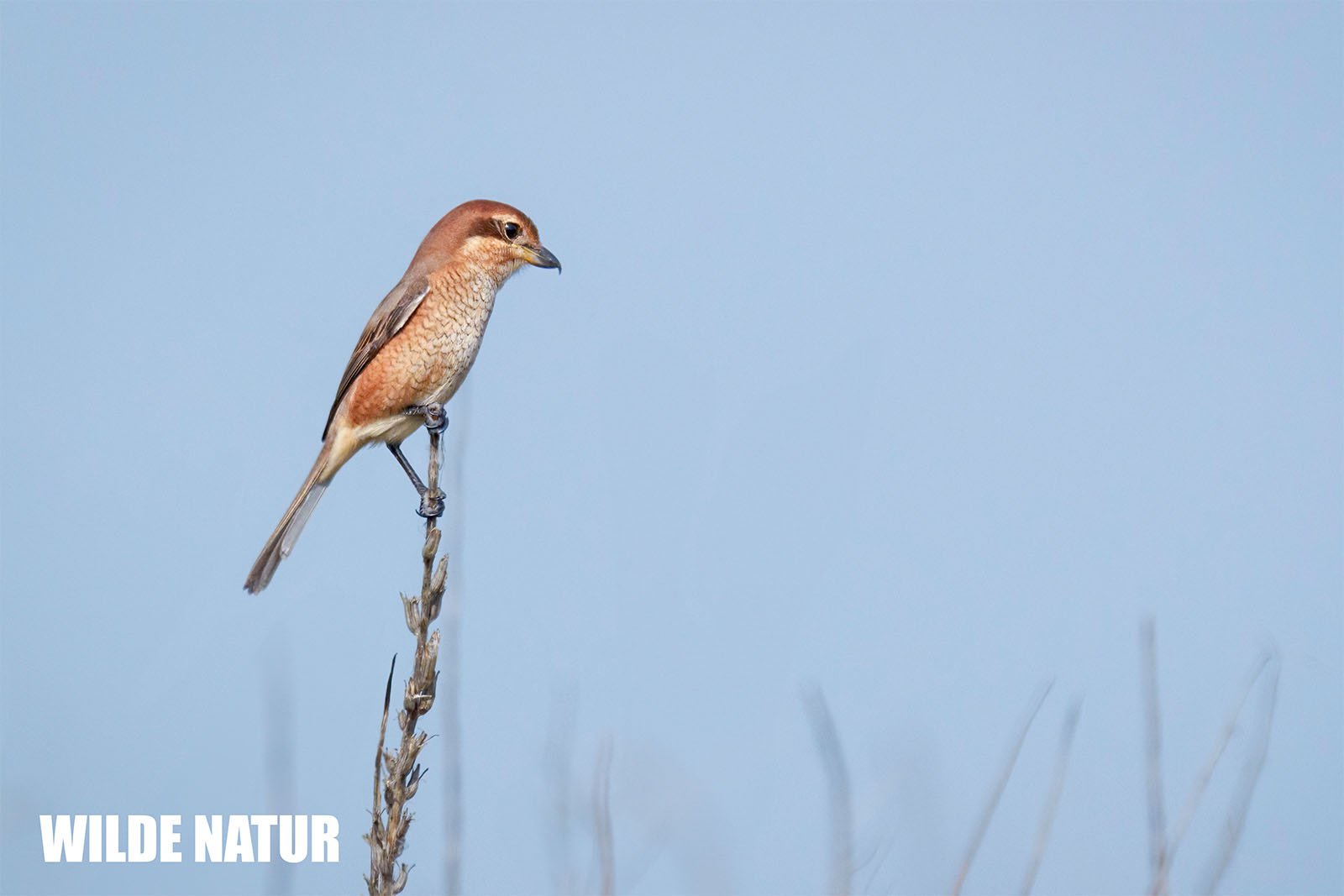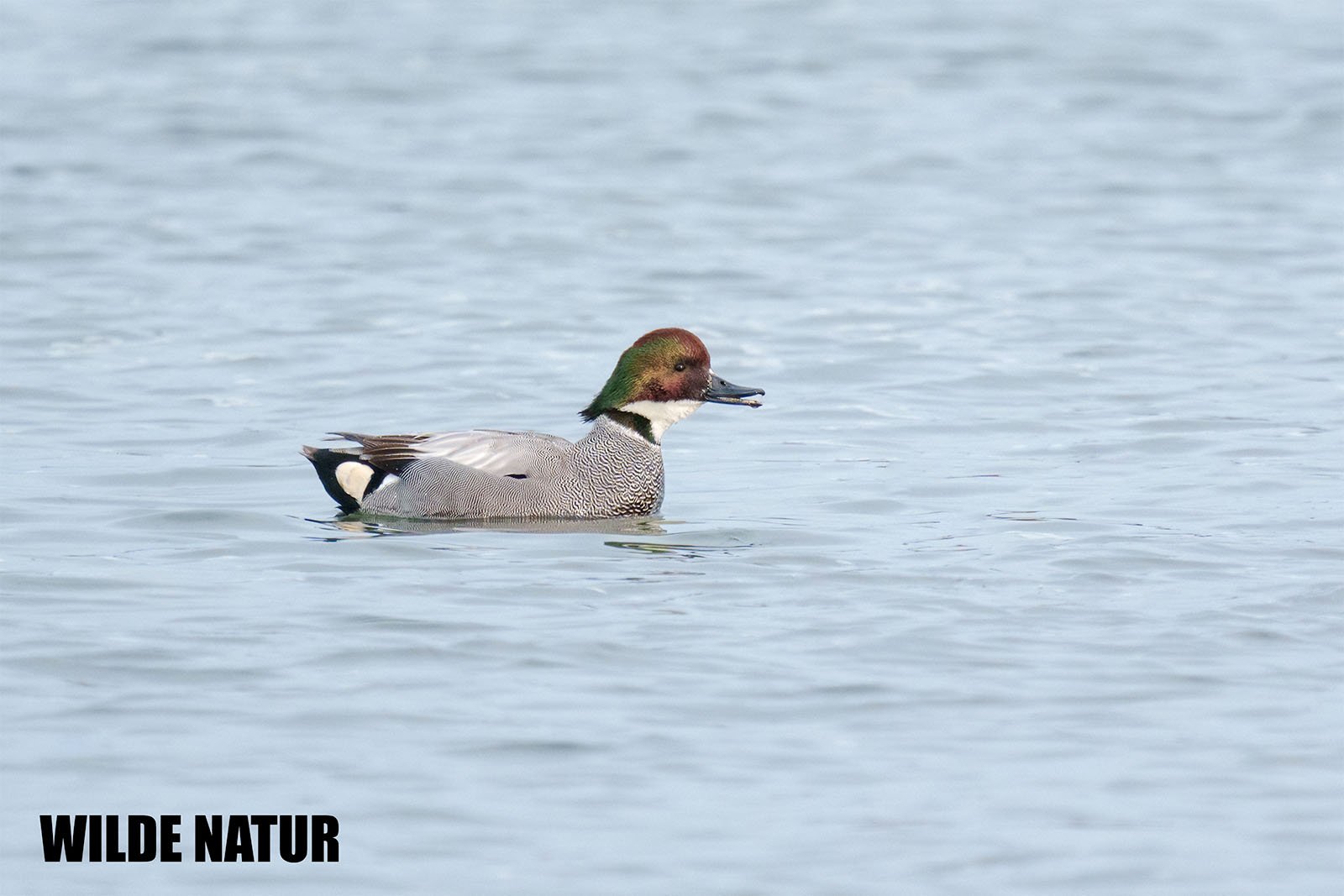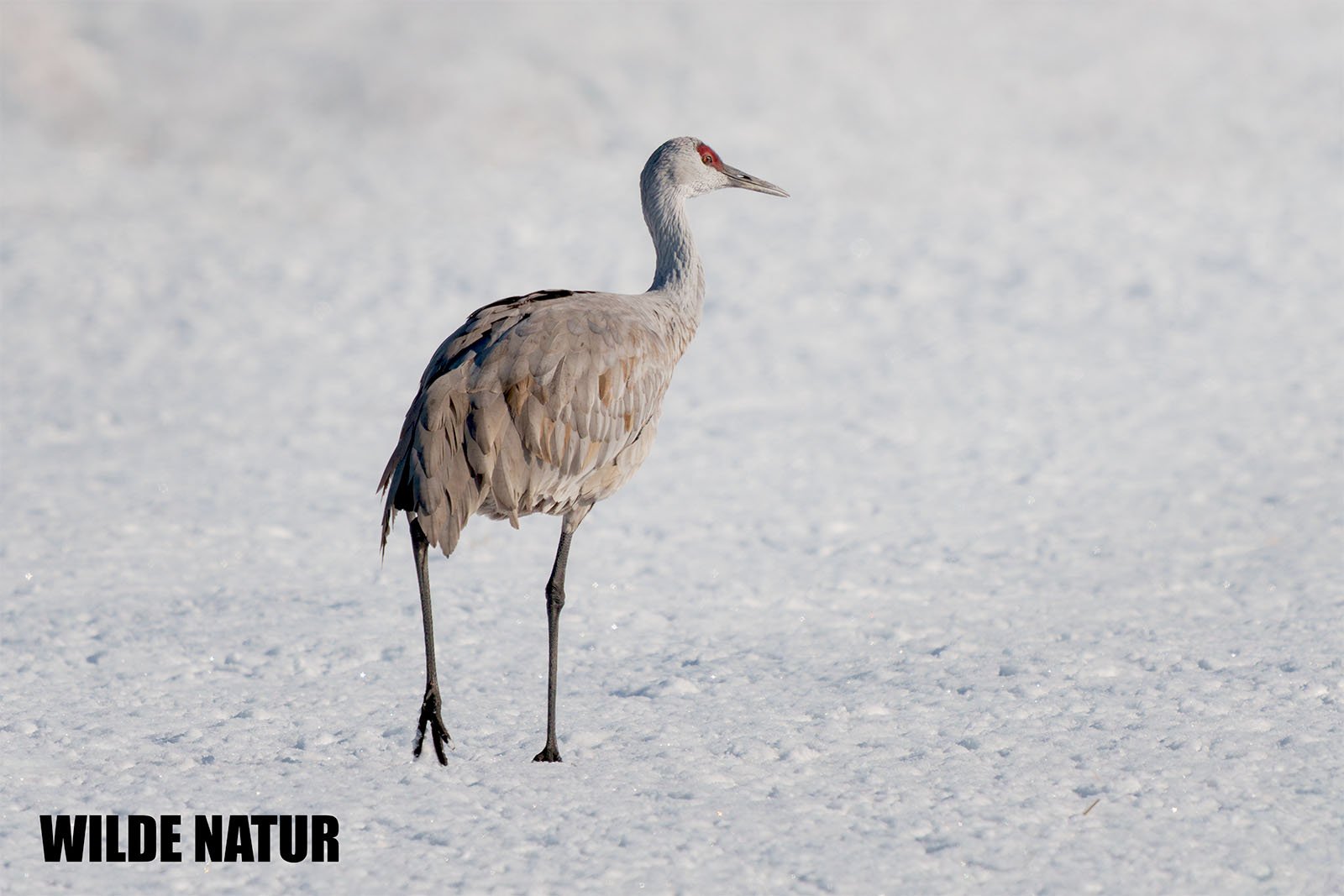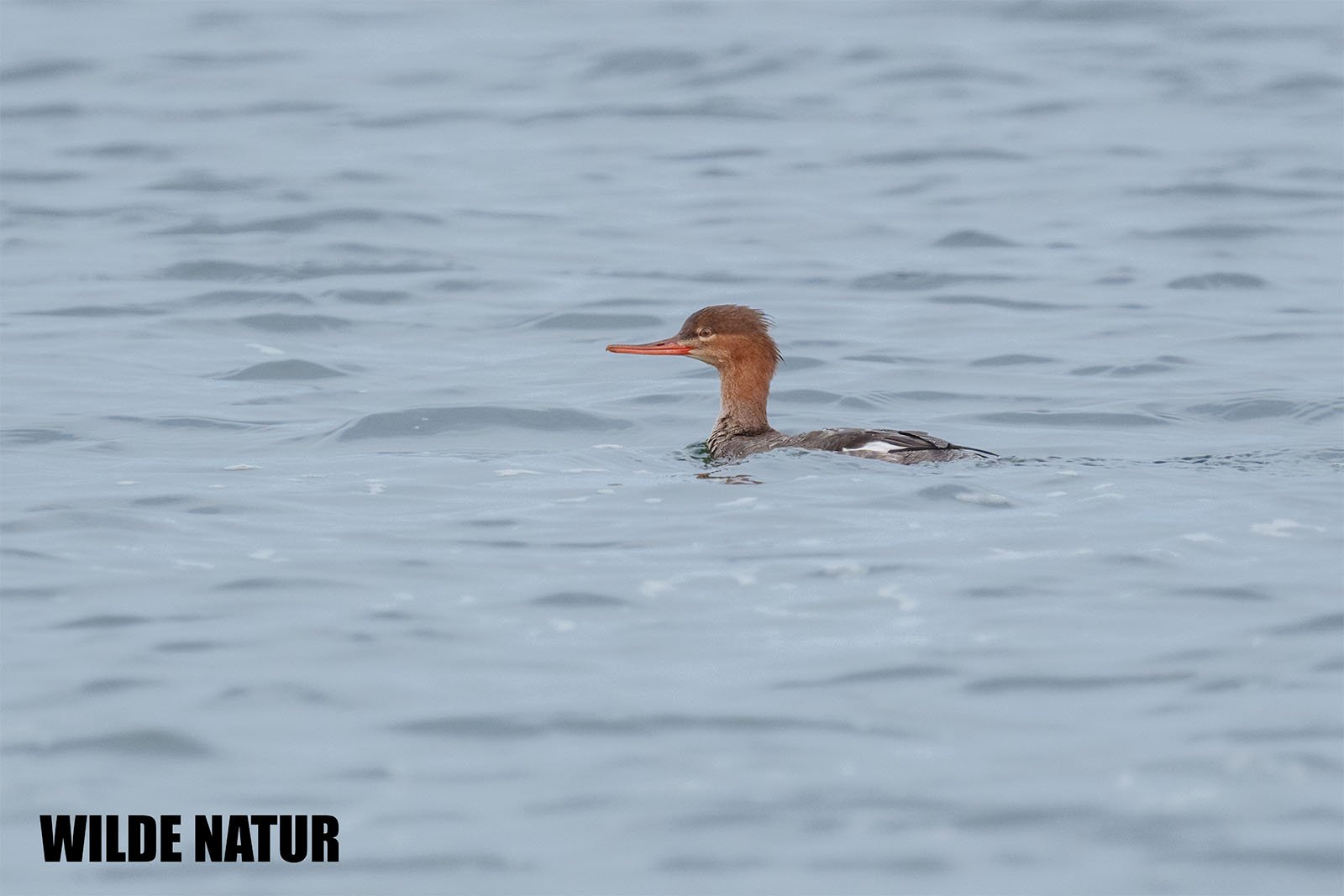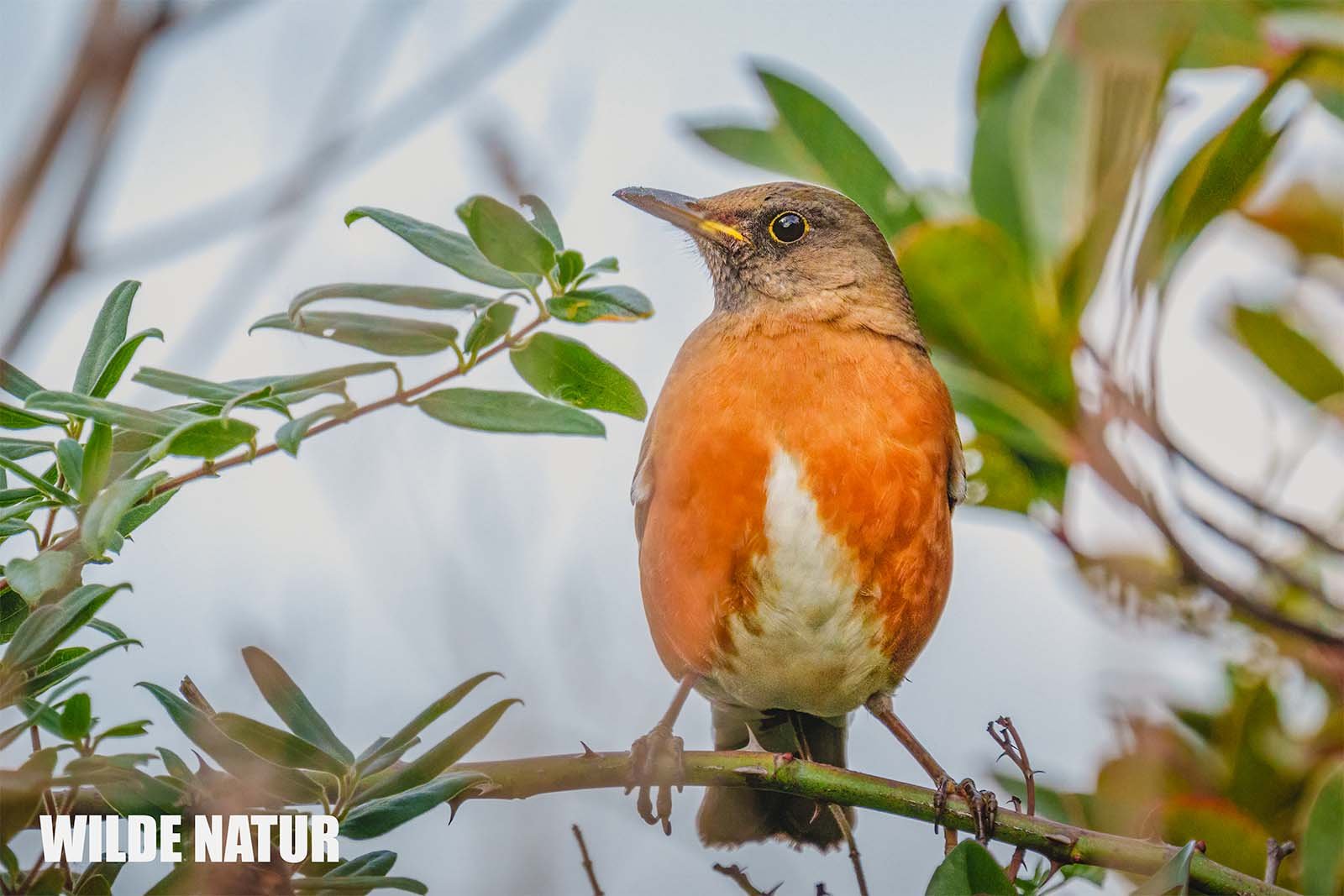Hen harrier (Circus cyaneus)
Hen harrier (Circus cyaneus) - Male
Hen Harrier – Hunter of Open Landscapes
The hen harrier hunts silently over fields and moors. Learn everything about its appearance, behavior, and way of life.
Key Facts
- Size: 42 to 55 cm
- Characteristics:
- Males: bluish-gray plumage, black wingtips
- Females and juveniles: brown tones, distinctive white rump patch, light facial markings with dark eye stripes
- Habitat: Moors, heathlands, dunes, farmland, young forests
- Breeding: Ground-nesting, well-hidden nests in dense vegetation
- Diet: Mainly field voles, also other small mammals, birds, and occasionally insects
Table of Contents
- Introduction
- Habitat and Behavior
- Hunting and Diet
- Appearance and Sexual Differences
- FAQ
- Shortlist
- Color Characteristics
Introduction
Gliding low over the field, silent, with watchful eyes – this is how the hen harrier hunts. Few other birds of prey fly so gracefully close to the ground. Males and females are easy to tell apart: The male has an elegant bluish-gray plumage, while the female wears a camouflage coat of brown tones. However, both share a preference for open landscapes – and field voles.
Habitat and Behavior
The hen harrier needs space. It thrives in open landscapes with low vegetation, such as moors, heathlands, dunes, farmland, and young forests. Increasingly, it also uses cereal fields and young conifer plantations as nesting sites.
It skillfully hides its nest in dense vegetation. During incubation, the male provides food for the female. After the chicks hatch, the male continues to deliver food, while the female takes over feeding them once they leave the nest.
Hunting and Diet
Field voles are at the top of its menu. The hen harrier searches for prey in a slow, low gliding flight. Its agile wings allow it to strike with lightning speed.
When food is scarce, it also hunts small birds, other small mammals, and occasionally insects.
Appearance and Sexual Differences
- Males: Bluish-gray with black wingtips. The underside is light gray with darker areas on the primary feathers.
- Females and juveniles: Predominantly brown, with a striking white rump patch, light facial markings, and dark eye stripes.
- Eyes:
- Males: Bright yellow
- Females and juveniles: Initially dark, later turning yellowish
- Beak: Small, strong, ideal for tearing prey
- Feet: Powerful yellow feet, long toes, curved talons
FAQ
How can I recognize a hen harrier in flight?
Look for its low, gliding flight just above the ground and its long, narrow wings. Males appear gray, while females and juveniles are brown.
When is the best time to observe hen harriers?
From spring to early summer, when they hunt over open areas.
Why do hen harriers nest on the ground?
Dense vegetation protects the nest from predators and offers an abundant food supply.
How can hen harriers be protected?
By preserving open, undisturbed areas and leaving nesting sites untouched in agricultural landscapes.
Are hen harriers rare in Germany?
They are not common but can regularly be seen in suitable habitats.
Additional information: Their population fluctuates greatly, depending on conservation efforts and food availability.
Shortlist
- Size: 42–55 cm
- Nest: Ground-nesting, well-hidden
- Flight: Low, elegant gliding
- Males: Bluish-gray
- Females/Juveniles: Brown with a white rump patch
- Main prey: Field voles
Color Characteristics
- Males: Bluish-gray, black wingtips, light gray underside
- Females/Juveniles: Brown tones, white rump patch, light facial markings with dark eye stripes
- Eyes: Males bright yellow, females/juveniles initially dark, later yellowish
- Beak: Dark with a pale cere
- Feet: Strong yellow, with sharp talons



